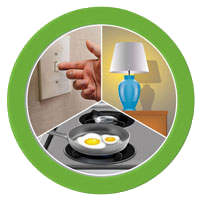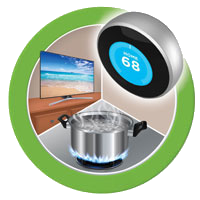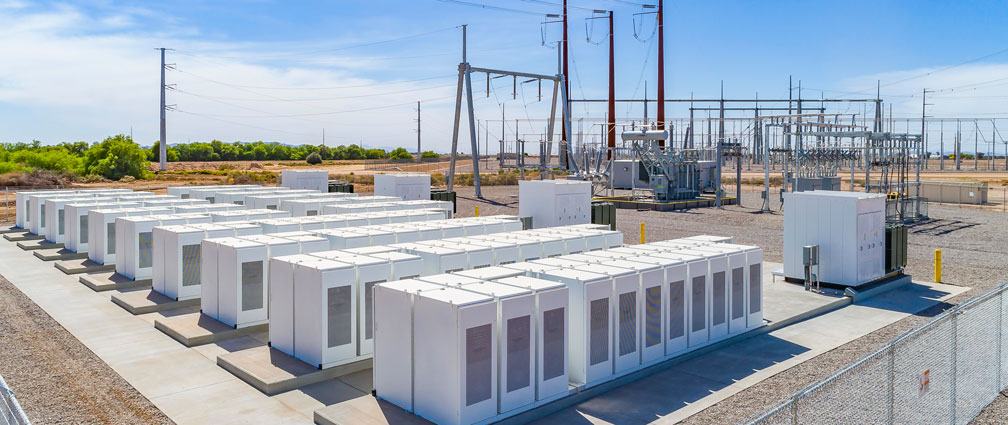
How does a battery energy storage system work?
Battery energy storage can provide valuable services to help balance and improve the efficient operations of the larger power grid. Storage can also complement renewable generation by storing wind and solar energy when it is plentiful and distributing it to customers when it is most needed. Batteries can make more renewable energy available over more hours of the day – modeling a traditional power plant.
A battery energy storage system can help balance the load on the power grid and deliver electricity to customers when it’s needed most.
To achieve this balance, a battery energy storage system can be positioned at various points between a power plant (or renewable energy generator) and the homes and businesses that consume the electricity.
The battery energy storage system includes individual battery cells, collected into modules and housed in a specially designed, climate-controlled storage container.
The power flows from containers to inverters to change the electrical output from direct current to alternate current so it can connect to the grid.
Once connected to the grid, the grid operator uses the power just like any other source of power generation.
Power When It's Needed
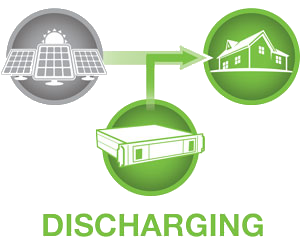
Morning
Lights switched on
Early morning lights
Morning cooking
Evening
Residents return home
Evening cooking
TV is on
AC is set colder (summer)
Electric heating is turned on (winter)
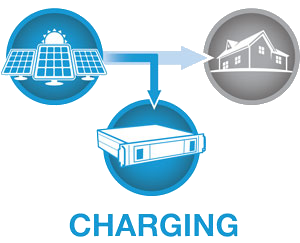
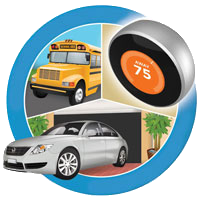
Mid-day
Leave for work and school
AC is set higher

Night-time
Lights are off
Businesses are closed
Residents are sleeping
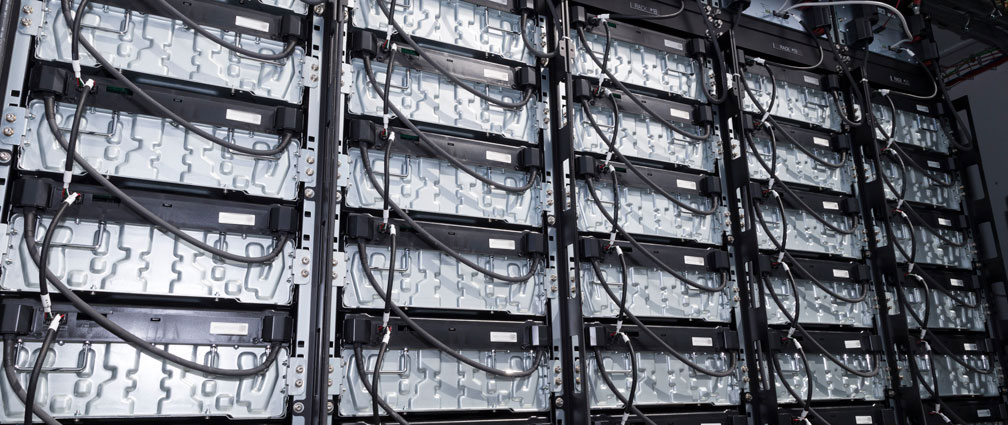
What are the components of a battery energy storage sytem?
A battery energy storage system consists of:
- Individual battery cells.
- These cells are collected into modules and housed in a specially designed, climate-controlled storage container.
- The racks fill containers, not unlike a storage container you’d see on a ship or truck.
- The containers are paired with inverters to convert DC-AC electricity.
- Can be paired with a renewable energy asset (solar, wind) or stand alone.
Battery storage container
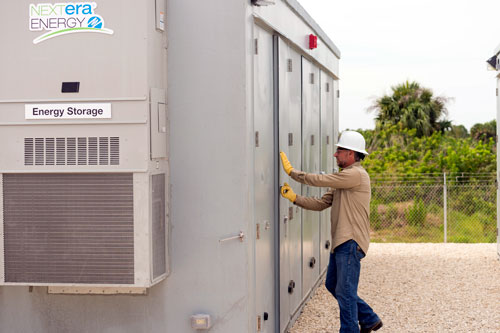
Individual battery module
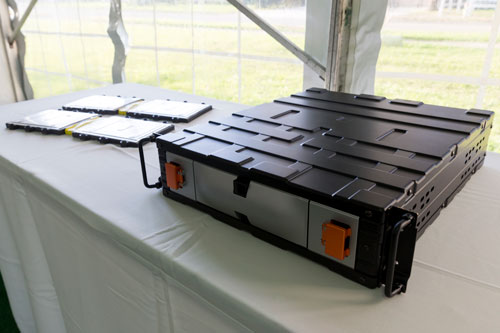
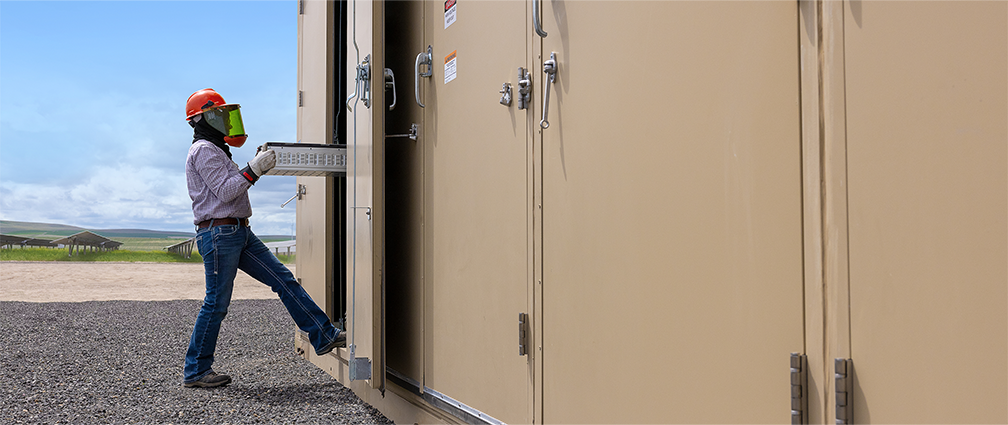
What kind of batteries are used for energy storage?
We primarily use lithium-ion battery technology, which has benefited from years of research and development and has been proven to be safe, efficient and cost-effective for utility-scale battery energy storage. We are always evaluating other battery chemistries and technologies to continue to advance this growing industry.
Can the batteries be recycled?
The materials used in battery energy storage facilities are valuable even after more than 20 years of use. Many of the battery manufacturers we work with offer to reclaim their lithium batteries as the parts can be recycled and used in new products.
In addition to re-use in new battery cells, the recycled materials extracted can be used in a wide variety of consumer products such as lithium grease, concrete additives and some glass products.
- NextEra Energy Resources requires our vendors to provide recycling certificates to ensure all applicable regulations are followed in the recycling and disposal of battery storage related equipment.
- Following EPA guidelines, we do not dispose of batteries in municipal landfills.
- Requirements for the disposal of lithium-ion batteries are found in Part 273 of Title 40 Code of Federal Regulations.
If maintained properly, depending on the use case, a battery system can last 20 or more years and can be replenished over time.
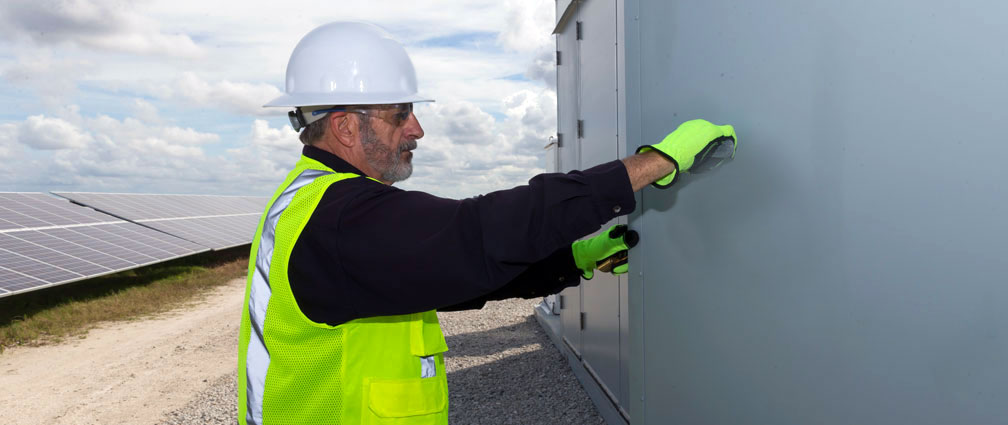
Do battery energy storage systems present a fire risk?
Fires involving battery energy storage systems are rare. At NextEra Energy Resources, the safety of our employees, neighbors and the public are always our highest priority. Responsible energy production begins with preparation from day one.
- Batteries used in our facilities undergo rigorous industry testing and certification by Underwriters Laboratories (UL). This ensures that the cell and module designs are robust.
- Battery modules are housed in fully enclosed containers, like shipping containers.
- Each container is equipped with fire protection and explosion control systems to comply with the National Fire Protection Association.
- We have sensors that alarm when an abnormal condition arises. Additionally, our facilities are monitored 24/7 by our Renewable Operations Control Center, which can remotely shut down any affected site.
- We work and train with local first responders and fire officials to coordinate any response, in the unlikely event of a fire.
